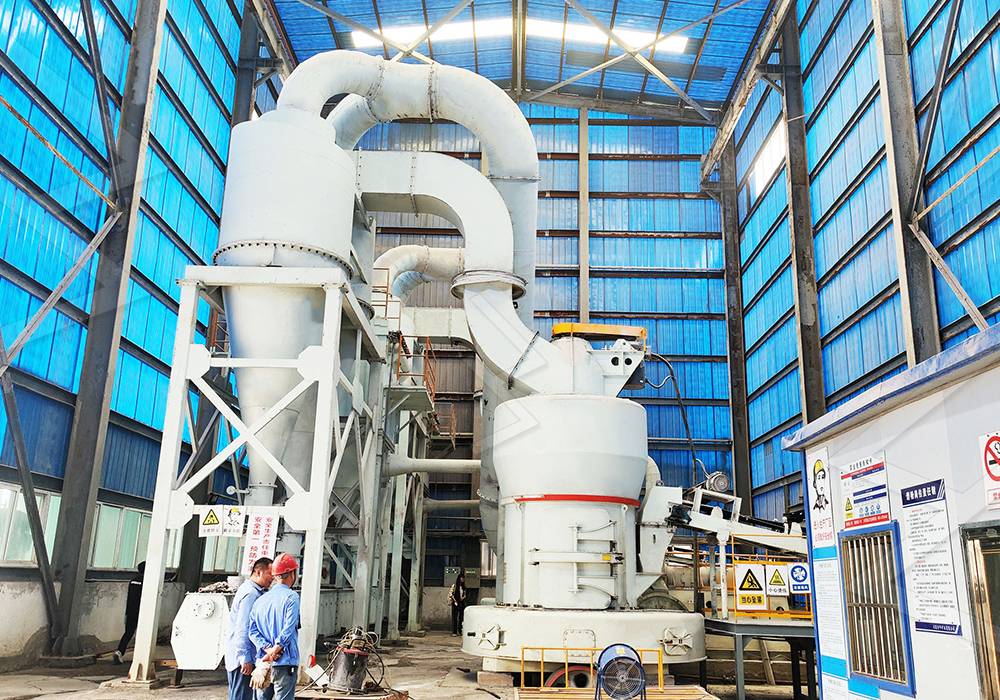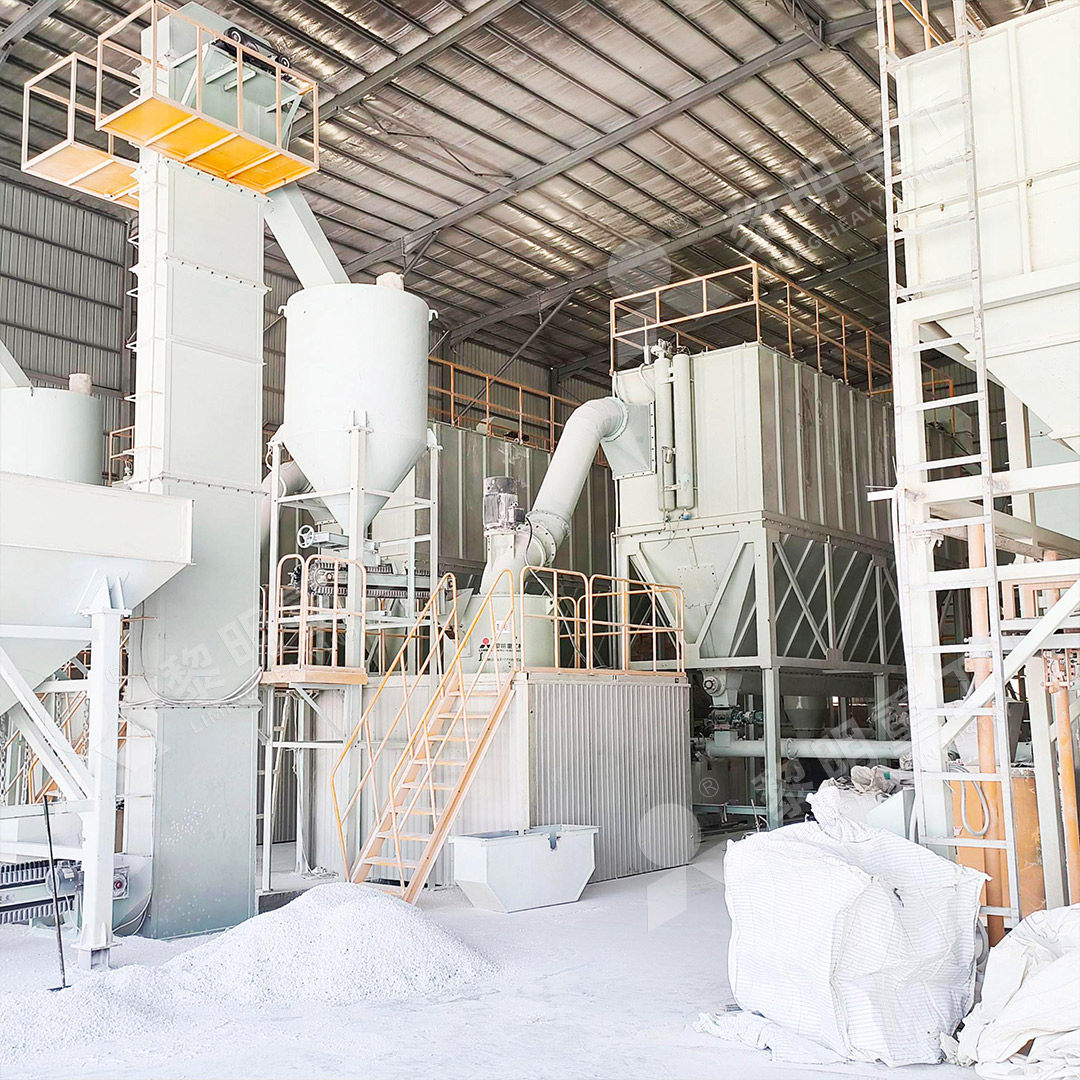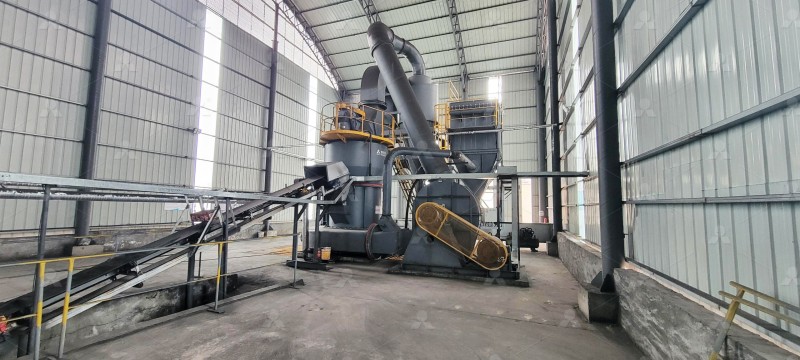Raymond Mill for 150 Mesh Powder: A Complete Guide
Raymond Mill for 150 Mesh Powder: A Complete Guide
In the world of industrial powder processing, achieving consistent 150-mesh fineness represents a crucial benchmark for numerous applications. This specific particle size—equivalent to approximately 106 microns—is frequently required across industries like paint manufacturing, cosmetics, pharmaceuticals, and construction materials. While several grinding technologies exist, Raymond Mill technology remains a popular choice for this specific application due to its balanced performance, reliability, and cost-effectiveness.

Why Choose Raymond Mill for 150 Mesh Powder?
The classic Raymond Mill design, particularly modern iterations, offers distinct advantages for producing 150-mesh powder. Its grinding mechanism, which utilizes spring-loaded rollers grinding against a stationary ring, provides excellent control over final product fineness. The integrated classifier allows for precise adjustment of the output, making it relatively straightforward to achieve and maintain the 150-mesh target. Furthermore, the system’s airflow effectively carries the fine powder to the collection system, ensuring a consistent and efficient operation.
However, for operations demanding higher capacity, superior energy efficiency, or the flexibility to produce even finer powders, newer grinding technologies present compelling alternatives. This is where considering an upgrade to a more advanced mill can significantly enhance your production line’s capabilities and profitability.
Beyond Traditional Raymond Mills: The Modern Approach
While the traditional R-series Raymond Mill is a capable workhorse, technological evolution has introduced mills that deliver higher yields with significantly lower energy consumption. For producers looking to future-proof their operations, two standout solutions from LIMING Heavy Industry are worth serious consideration.
For operations focused on ultra-fine powder and unparalleled efficiency, the MW Ultrafine Grinding Mill is a game-changer. This machine is specifically engineered for customers who need to make ultra-fine powder, boasting a fineness range that is easily adjustable between 325-2500 meshes, effortlessly encompassing the 150-mesh target. Its newly designed grinding curves enhance efficiency, resulting in a production capacity that is 40% higher than jet mills and double that of ball mills, all while reducing system energy consumption by 30%. A key maintenance advantage is the absence of rolling bearings and screws in the grinding chamber, eliminating common failure points and allowing for external lubrication without shutdown. With an input size of 0-20 mm and a capacity of 0.5-25 tph, it is an excellent choice for processing materials like limestone, calcite, and talc for the chemical, paint, and cosmetic industries.

Another superior option is the LUM Ultrafine Vertical Grinding Mill. This mill integrates grinding, grading, and transporting into a single, compact unit. It features a unique roller shell and lining plate grinding curve that is easier to generate a material layer, enabling a high rate of finished product in a single pass. This design not only boosts efficiency but also improves the whiteness and cleanliness of the final powder—a critical factor for many industrial buyers. Its PLC control system and multi-head powder separating technology allow for precise control over grinding parameters, leading to energy savings of 30%-50% compared to common grinding mills. With an input size of 0-10 mm and a capacity of 5-18 tph, it is perfectly suited for producing superfine dry powder from non-metal ores.
Key Selection Criteria
When selecting a mill for 150-mesh production, consider these factors beyond just the initial purchase price:
- Energy Consumption: Modern mills like the MW and LUM series offer dramatic reductions in operating costs.
- Maintenance Requirements: Designs that facilitate easy access and feature durable, wear-resistant parts minimize downtime.
- Product Quality: Consistent particle size distribution and low iron contamination are vital for high-value applications.
- Environmental Impact: Look for systems with efficient pulse dust collectors and noise reduction features to meet regulatory standards.

Frequently Asked Questions (FAQ)
Can a traditional Raymond Mill reliably produce 150-mesh powder?
Yes, a well-maintained traditional Raymond Mill can produce 150-mesh powder. However, for higher capacity, better energy efficiency, and more consistent quality, modern mills like the MW or LUM series are highly recommended.
What is the main advantage of the MW Ultrafine Grinding Mill over a standard Raymond Mill?
The MW Mill offers significantly higher grinding efficiency and lower energy consumption. It can achieve a 40% higher output than jet mills and uses 30% less energy, all while offering a much wider fineness range (up to 2500 mesh) for future needs.
How does the LUM Ultrafine Vertical Mill improve product whiteness?
The LUM Mill’s unique grinding curve and efficient material layer formation reduce over-grinding and iron contamination. The minimal contact between the grinding roller and millstone, combined with the short material lingering time, helps preserve the material’s original color and purity.
Are these mills suitable for hard materials?
Both the MW and LUM mills are designed to handle a wide variety of non-metallic minerals with a Mohs hardness below 9, including hard materials like quartz and feldspar. The hydraulic systems allow for adjustment of grinding pressure to suit material hardness.
What kind of after-sales support is available?
LIMING provides comprehensive technical services and a sufficient supply of original spare parts to ensure worry-free operation, supporting every machine they produce from production through its entire lifecycle.
